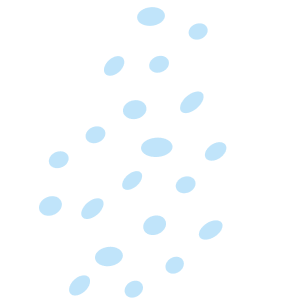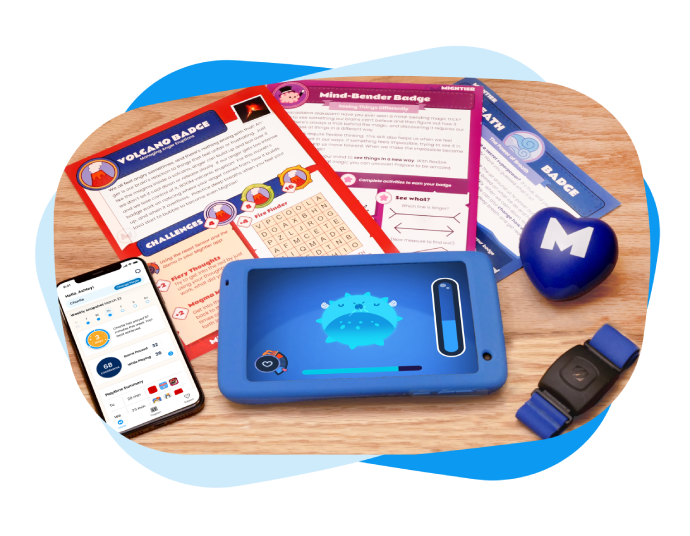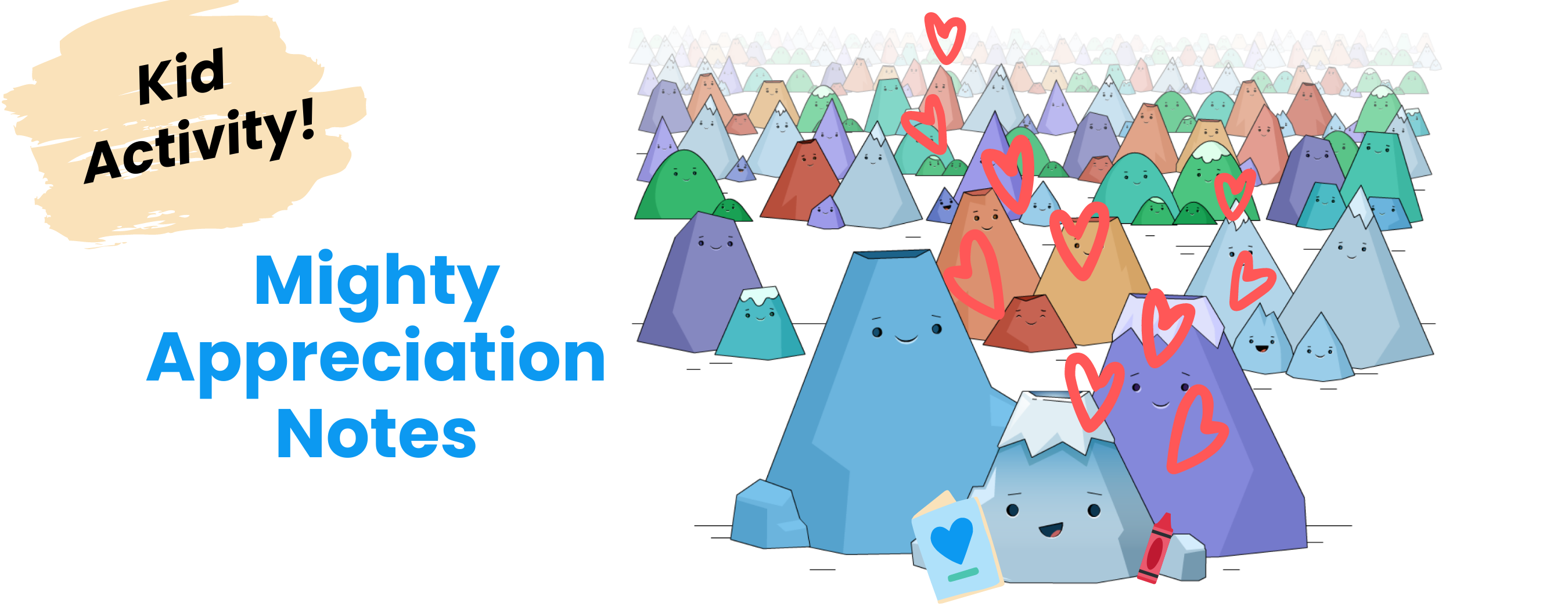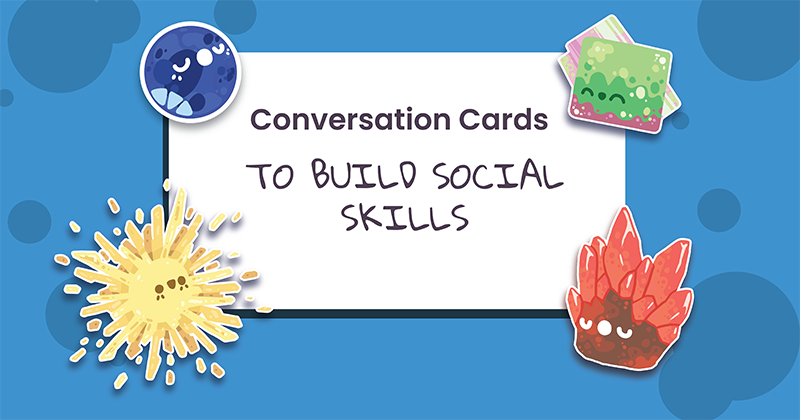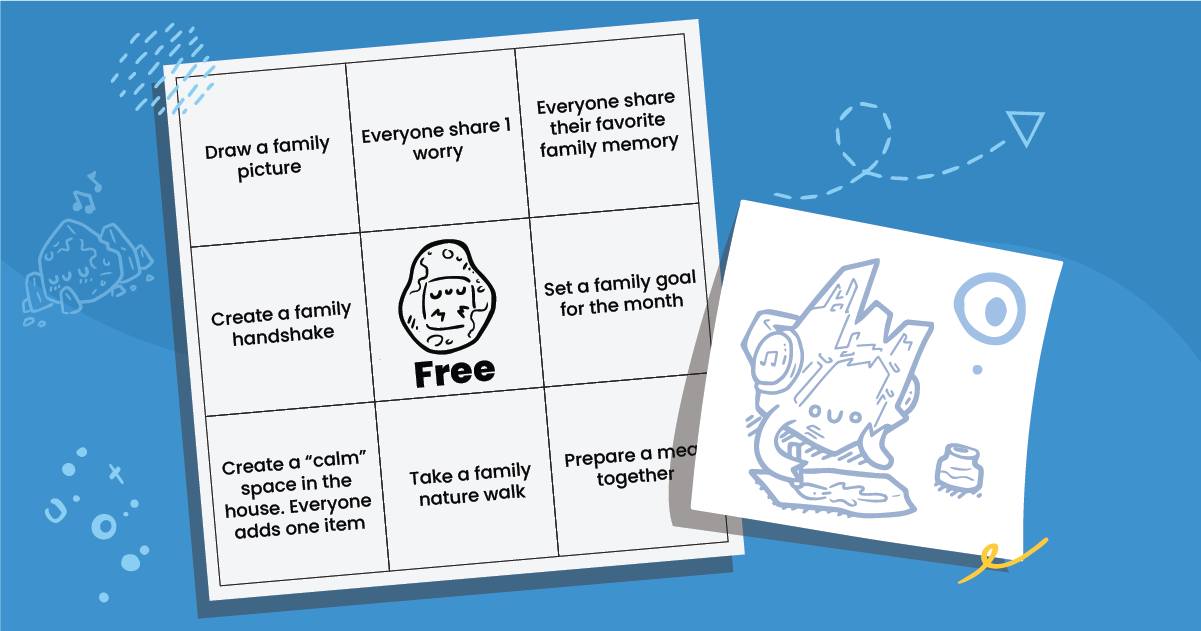Perspective-taking is the ability to understand and respond to situations by taking another person’s point of view into account.
Surprisingly, we aren’t born with this ability! Young children have trouble understanding that your thoughts aren’t the same as their thoughts. They’re still developing their “Theory of Mind,” which is the understanding that we all have different thoughts, desires, intentions, and beliefs.
When this develops at around age 4, children have increased social awareness and start practicing perspective-taking. Understanding other points of view is beneficial because it helps us feel more connected, listen, build connections, and open our minds to new ways of thinking. It is a critical skill as children navigate increasingly complex social environments.
We explore perspective-taking within the context of conflict. Conflicts often arise due to a difference in perspectives. This unit will help students understand that we all have different points of view and practice our communication skills (i.e., listening and inquiring) to help us learn different perspectives.
At Mightier, we teach this concept to children by introducing ‘perspectacles’. When you don’t see eye to eye with someone, try on a pair of perspectacles! They aren’t your average glasses—they are perspective-taking glasses. When you put them on, you see the world from someone else’s point of view. Next time you don’t see eye to eye with someone, pop on your perspective-taking perspectacles to help you S.E.E.
- S – Stop and put on the perspectacles. Whose point of view are you seeing through?
- E – Examine the situation from the other perspective. How would they think and feel?
- E – Explore solutions by asking questions and listening to learn their view.
Check out this ‘I Spy’ activity to introduce children to this concept by asking and answering questions to learn more about another person’s perspective. Enjoy!
References
Derksen, D. G., Hunsche, M. C., Giroux, M. E., Connolly, D. A., & Bernstein, D. M. (2018). A systematic review of theory of mind’s precursors and functions. Zeitschrift für Psychologie.
Hall, H. K., Millear, P. M., Summers, M. J., & Isbel, B. (2021). Longitudinal research on perspective taking in adolescence: A systematic review. Adolescent Research Review, 6, 125-150.
Hollarek, M., & Lee, N. C. (2022). Current understanding of developmental changes in adolescent perspective taking. Current Opinion in Psychology, 45, 101308.
Flannery, K. M., & Smith, R. L. (2017). The effects of age, gender, and gender role ideology on adolescents’ social perspective-taking ability and tendency in friendships. Journal of Social and Personal Relationships, 34(5), 617-635.
Kilford, E. J., Garrett, E., & Blakemore, S. J. (2016). The development of social cognition in adolescence: An integrated perspective. Neuroscience & Biobehavioral Reviews, 70, 106-120.
Van der Graaff, J., Carlo, G., Crocetti, E., Koot, H. M., & Branje, S. (2018). Prosocial behavior in adolescence: Gender differences in development and links with empathy. Journal of youth and adolescence, 47(5), 1086-1099.



